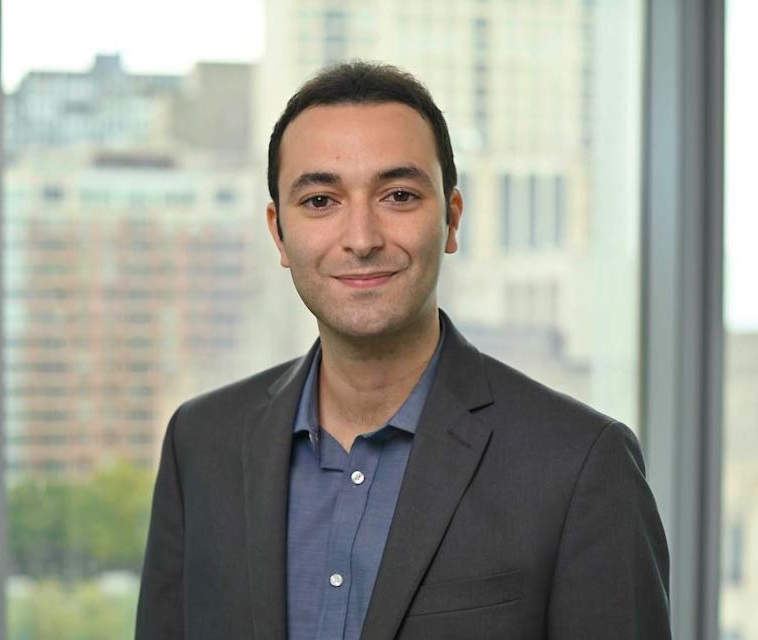
Northwestern Medicine scientists have uncovered a surprising link between a tiny cellular engine and the way cancer cells build the DNA they need to proliferate, according to a new study published in Molecular Cell.
The discovery could open the door to new treatments that starve tumors of their essential building blocks, said Issam Ben-Sahra, PhD, the Thomas D. Spies Professor of Genetic Metabolism and associate professor of Biochemistry and Molecular Genetics, who was senior author of the study.
“Cancer cells have an altered metabolism. They use genes, such as oncogenes or tumor suppressor genes, to allow cells to grow and proliferate in an uncontrolled fashion,” Ben-Sahra said. “In the field of cancer metabolism, we always try to understand how metabolic networks communicate with each other, how they signal to each other to control cell function and fate.”
In the study, Ben-Sahra and his collaborators focused on an enzyme called succinate dehydrogenase (SDH), a key part of the mitochondria — the cell’s “power plants.” Investigators found that when they blocked SDH using CRISPR-Cas9 gene editing or chemical drugs, cells struggled to make purines, the molecules that form DNA and RNA. Without purines, cells cannot multiply efficiently.

Investigators also observed that when SDH is inhibited, the level of succinate rises. This excess succinate interferes with another enzyme, SHMT2, which usually helps produce molecules needed for purine assembly. With SHMT2 slowed down, the cell’s purine production stalls.
However, blocking this process doesn’t stop cancer cells, investigators found. Instead, the cancer cells switch to a backup system known as the purine salvage pathway, in which the cells recycle old purines to keep growing. The study investigators realized this adaptation could be exploited: if both SDH and the salvage pathway are blocked at the same time, cancer cells would lose their ability to build DNA altogether.
“When we inhibit SDH, it triggers the activation of the purine salvage pathway to compensate for the inhibition of the de novo pathway,” said Ben-Sahra, who is also a member of the Robert H. Lurie Comprehensive Cancer Center of Northwestern University. “Now the goal is to target SDH in combination with inhibition of the salvage pathway to prevent that compensation.”
In cultured cells and in mice, this dual-targeted strategy showed powerful anti-tumor effects, suggesting a new way to attack cancers that rely heavily on purine production.
“Combining low doses of SDH inhibitor and low dose of salvage inhibitors, we can synergize and decrease tumor growth and proliferation,” Ben-Sahra said. “The take-home message here is that succinate can control purine synthesis. That’s new knowledge.”
The findings highlight succinate not just as a waste product of metabolism, but as a signal molecule that can reshape how cells build the very foundations of life. The results also suggest that cutting off cancer’s supply lines at their source could be a promising new avenue for treating the disease.
Next, Ben-Sahra said he and his laboratory will test their findings in cancers featuring SDH mutations.

“The goal here is to see whether these mutant cancers, which have a high level of SDH, might be more sensitive to inhibition of the salvage pathway,” he said.
Mushtaq Nengroo, PhD, a postdoctoral fellow in the Ben-Sahra laboratory, was the first author of the study. Marc Mendillo, PhD, associate professor of Biochemistry and Molecular Genetics, was co-senior author of the study.
The study was supported by grants from the National Institutes of Health (R01GM135587, R01GM143334, R35GM158171, R01GM144617, R01CA258833, R21ES035975, and R35GM137836). Additional funding was provided by the LAM Foundation Established Investigator Award (LAM0151E01-22) and American Cancer Society Awards (DBG-23-1039959-01-TBE).






